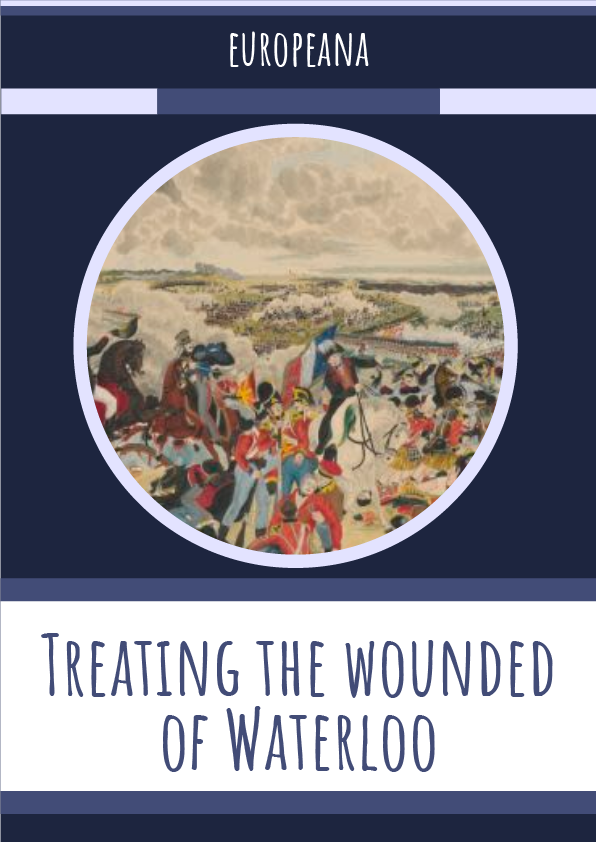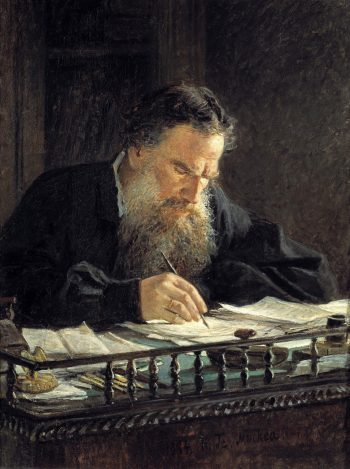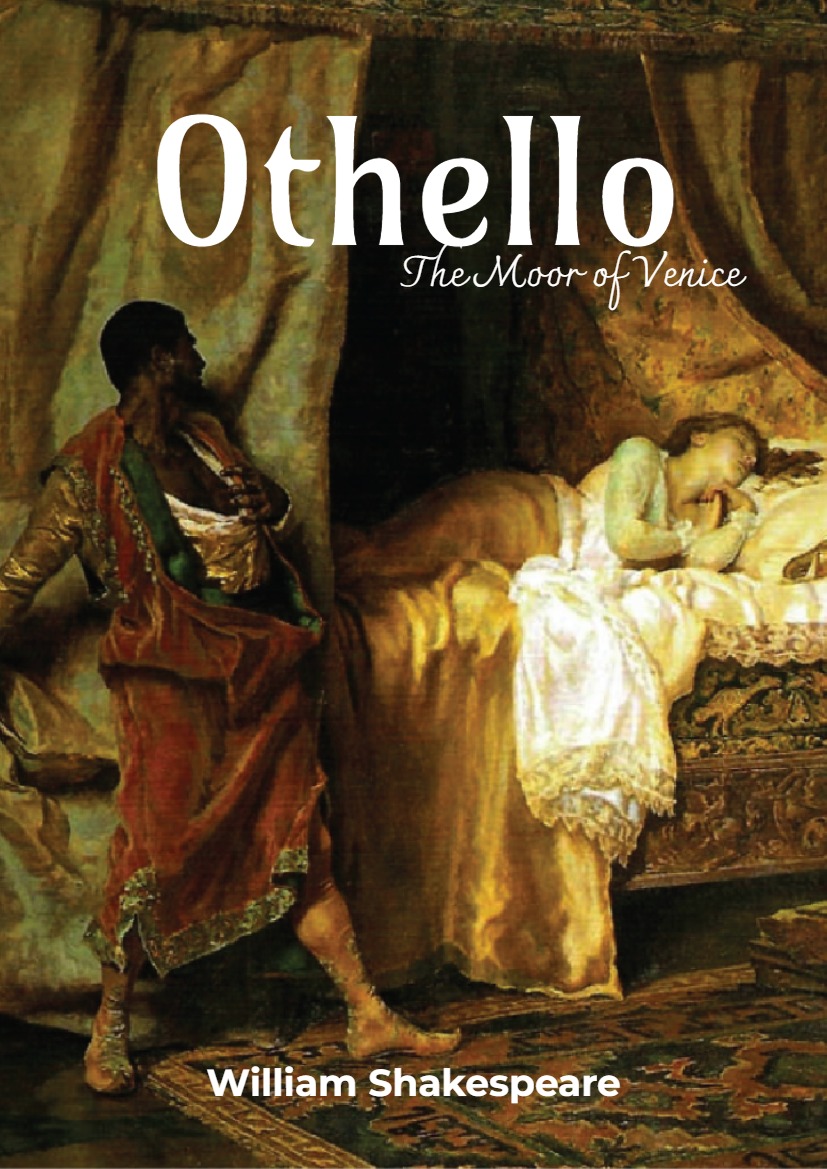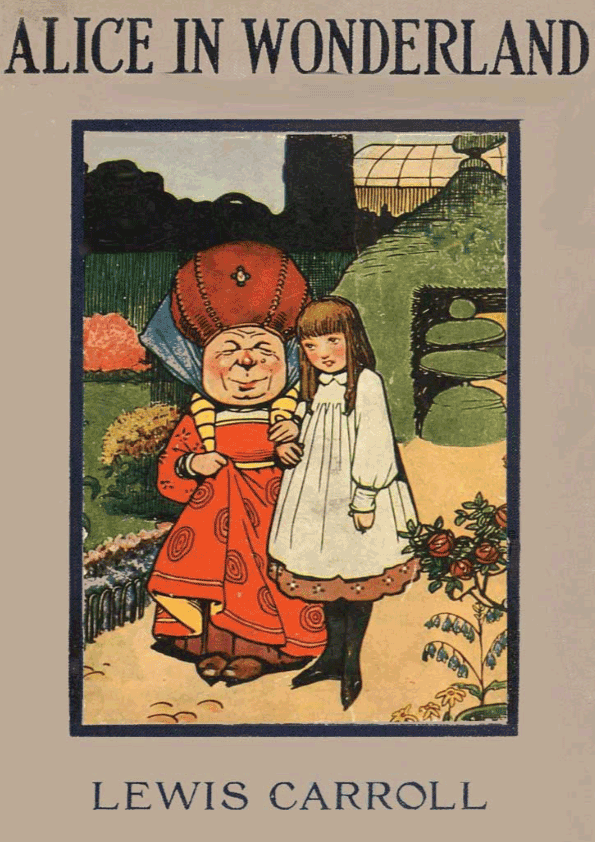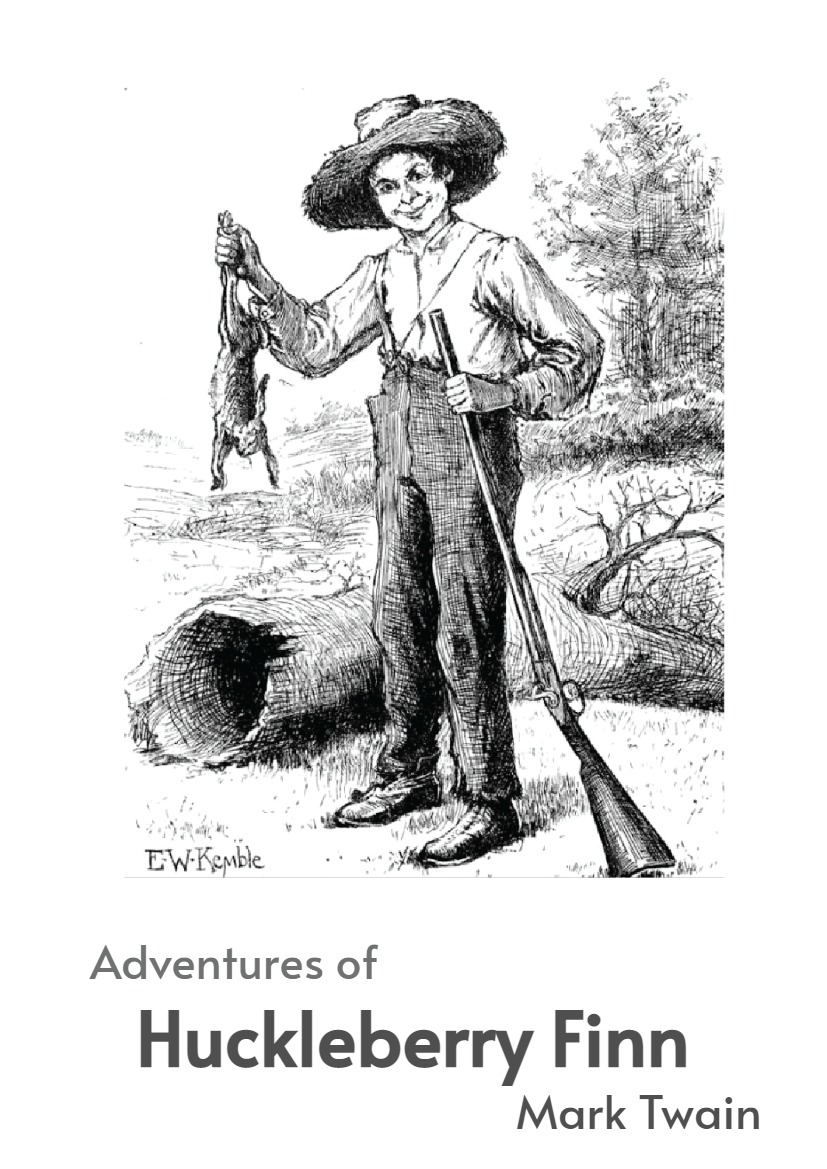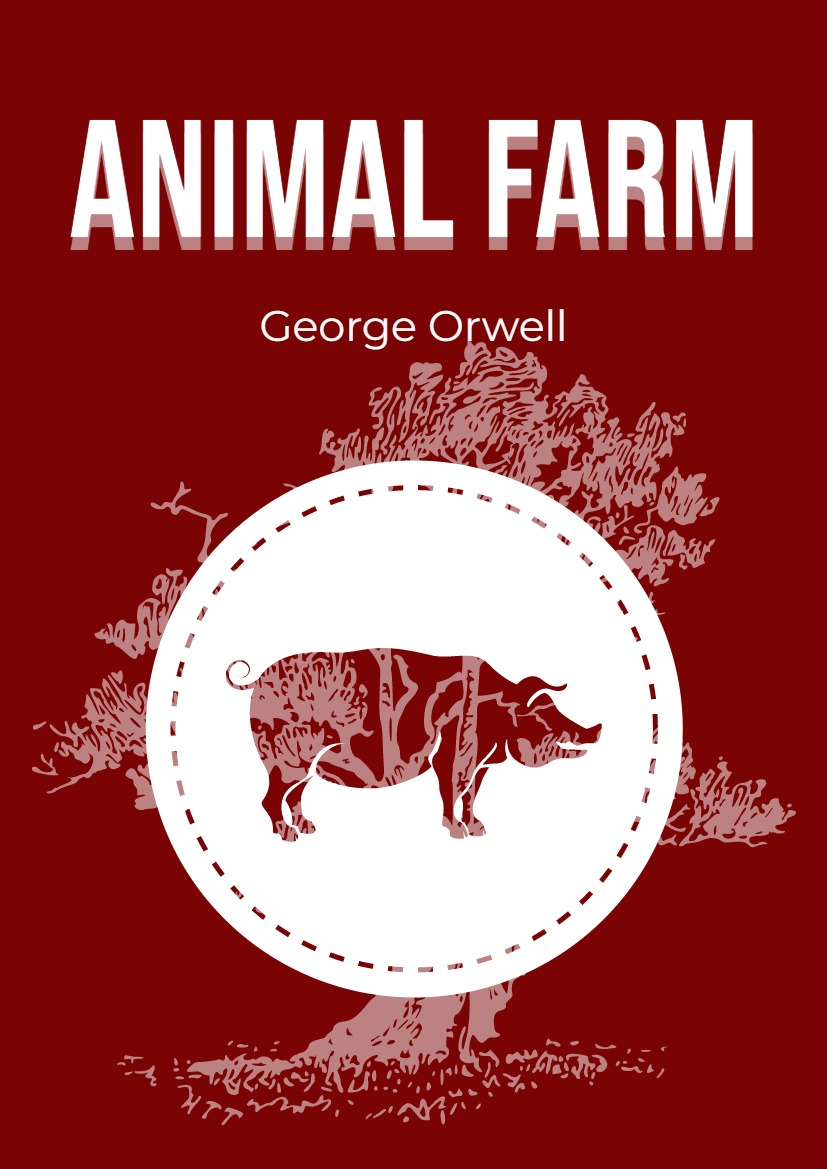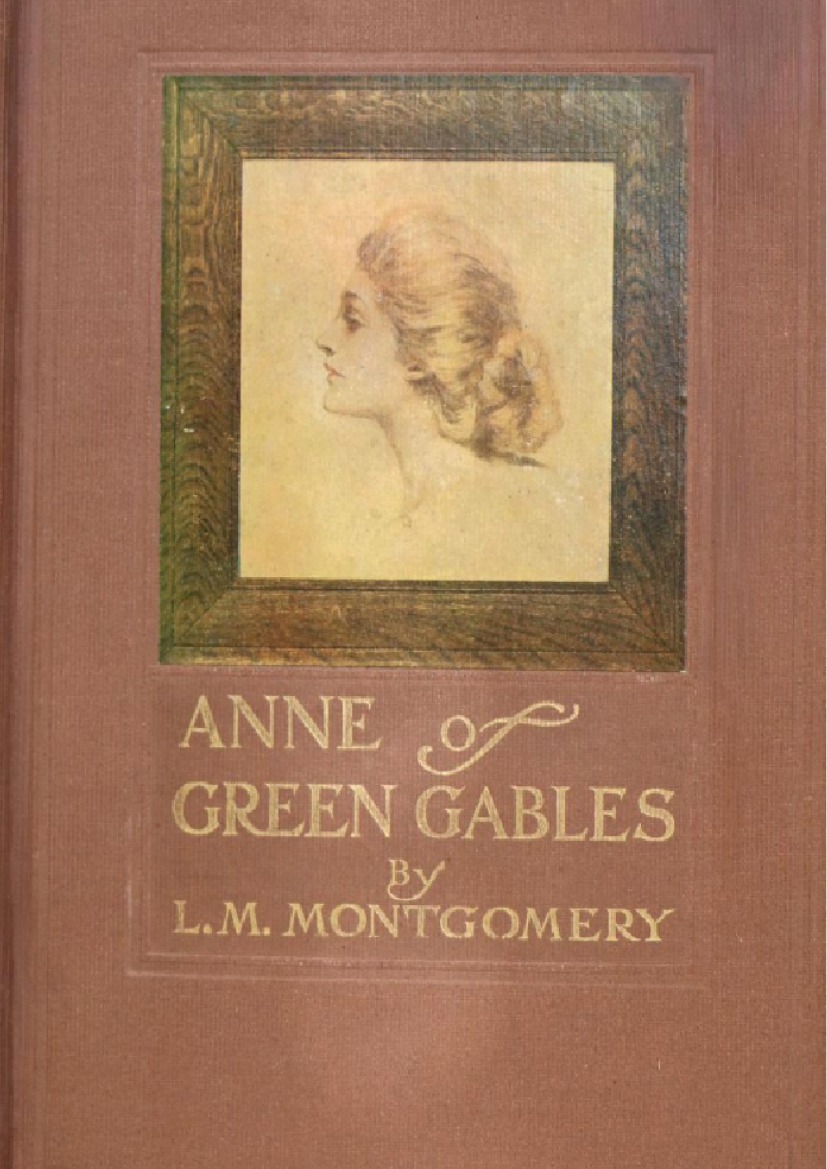Sir Charles Bell and his art from the battlefields
On Sunday June 18 1815, the French emperor Napoleon Bonaparte was defeated during the Battle of Waterloo. Caving to a coalition of mainly British, Dutch and Prussian armies under the command of the Duke of Wellington, the defeat marked the end of one of the bloodiest battles in history.
From 16 to 20 June 1815 a stunning total of 140,000 soldiers fought in the battle, named after its location near a small town not far from Brussels in present-day Belgium – then part of the United Kingdom of the Netherlands.
The defeat at Waterloo ended Napoleon’s rule as Emperor of the French, but the battle was decisive in more than one sense. It ushered in almost half a century of international peace, material prosperity and technological progress in Europe.
This stability came at a high price, however, and both sides lost thousands of men. On Napoleon’s side 24,000 to 26,000 were killed or wounded. In addition, 6,000 to 7,000 soldiers were captured while 15,000 have deserted. The fierce fighting cost the Allied armies dearly too, with around 22,000 dead or wounded troopers by the end.
The gruesome reality of war, and the gravity of the wounds it inflicts, is shown with an unusual frankness in the anatomical sketches and watercolours, of Charles Bell. Bell, a renowned surgeon, anatomist and artist, took part in the Battle of Waterloo as a medical officer. Volunteering as a surgeon, Bell worked tirelessly in the treatment of the wounded, and documented his experiences through his drawings.
In his studies from the Battle, he depicts his patients and their injuries in astonishing detail. The series provide a moving record of the horrific wounds dealt with by army surgeons in Wellington’s army.
As Chair of Anatomy at the Royal Academy, Bell was also a prolific author, and his experiences at Waterloo would go on to help future battlefield surgeons. His combined artistic, scientific and literary talents made him a particularly valuable guide to the realities of war.
Though Bell’s operations in the aftermath of Waterloo were not impressive, with only one of his 12 amputation cases surviving, his artistic skills are clear. Below, you can see a gallery of some of his works from the Battle, though we must warn you – they are not for the fainthearted!
